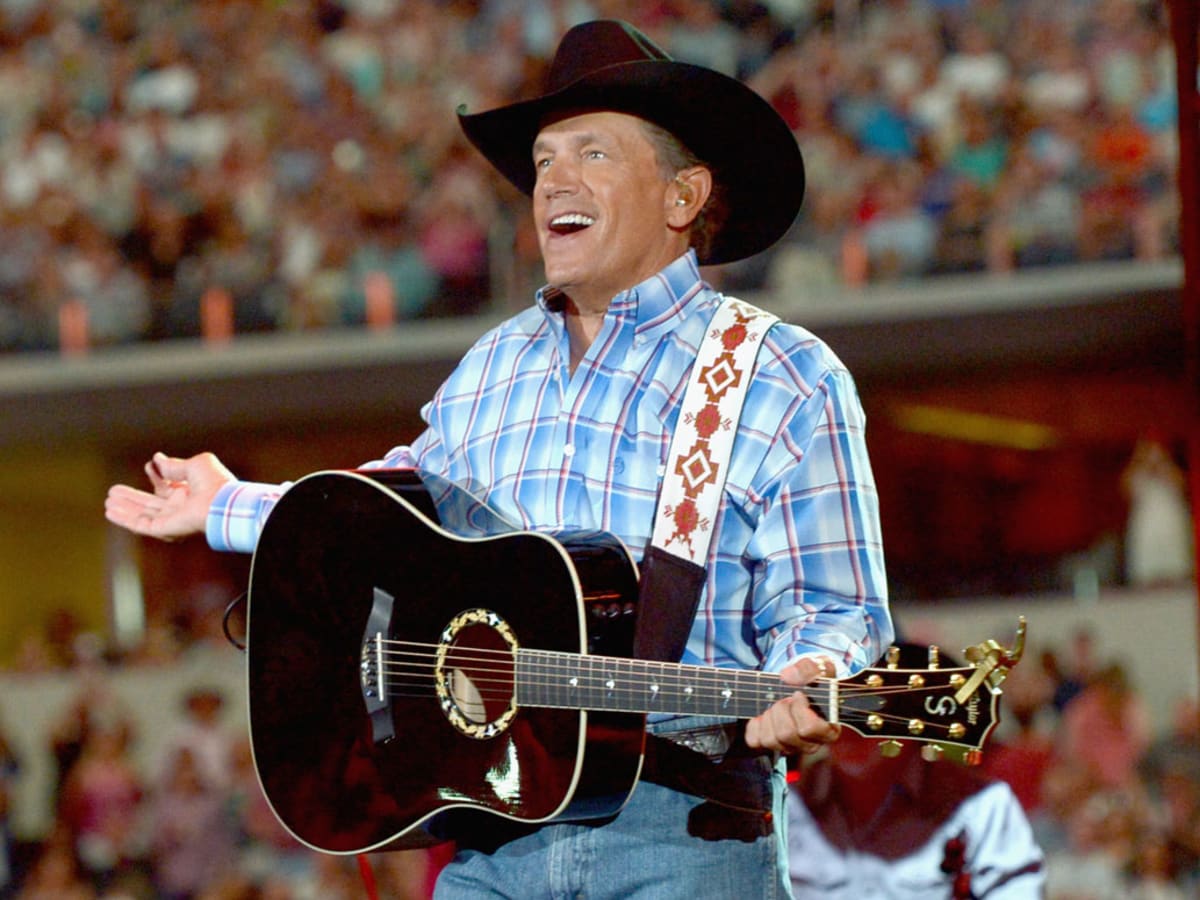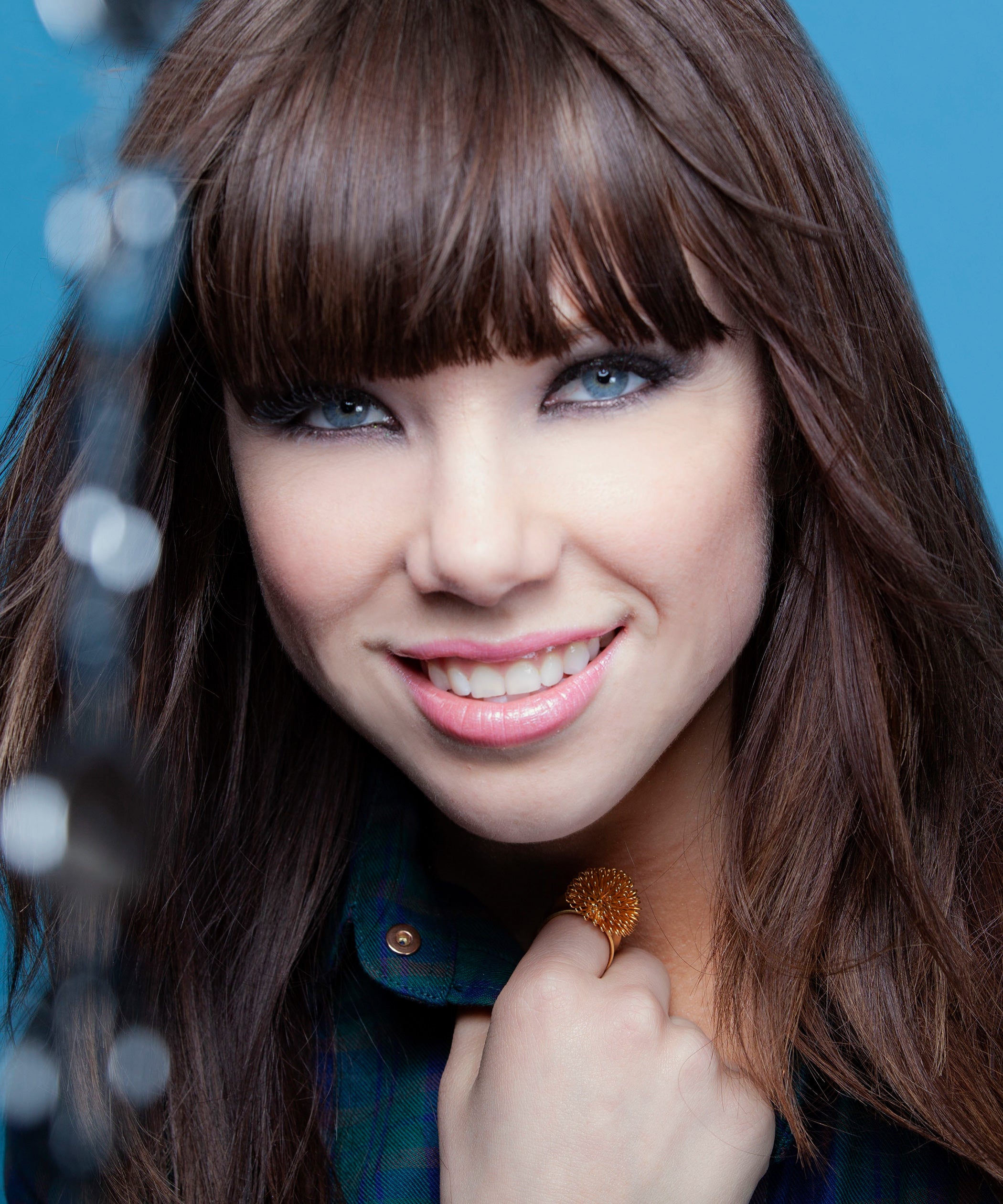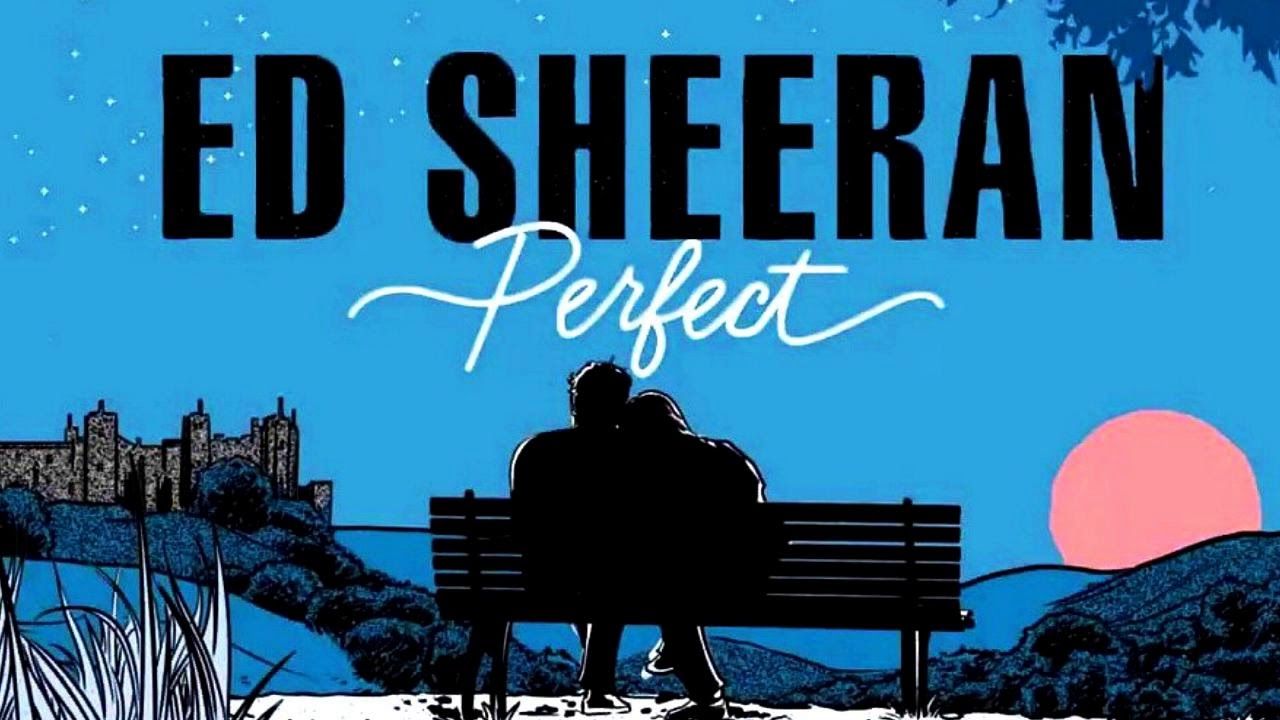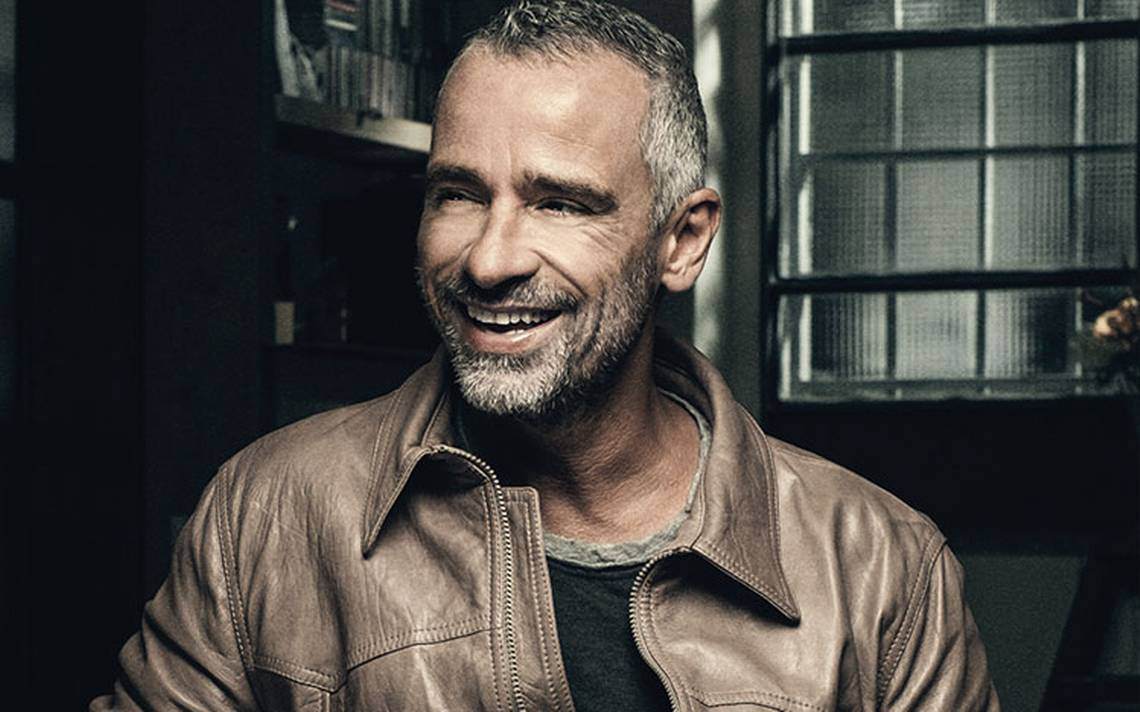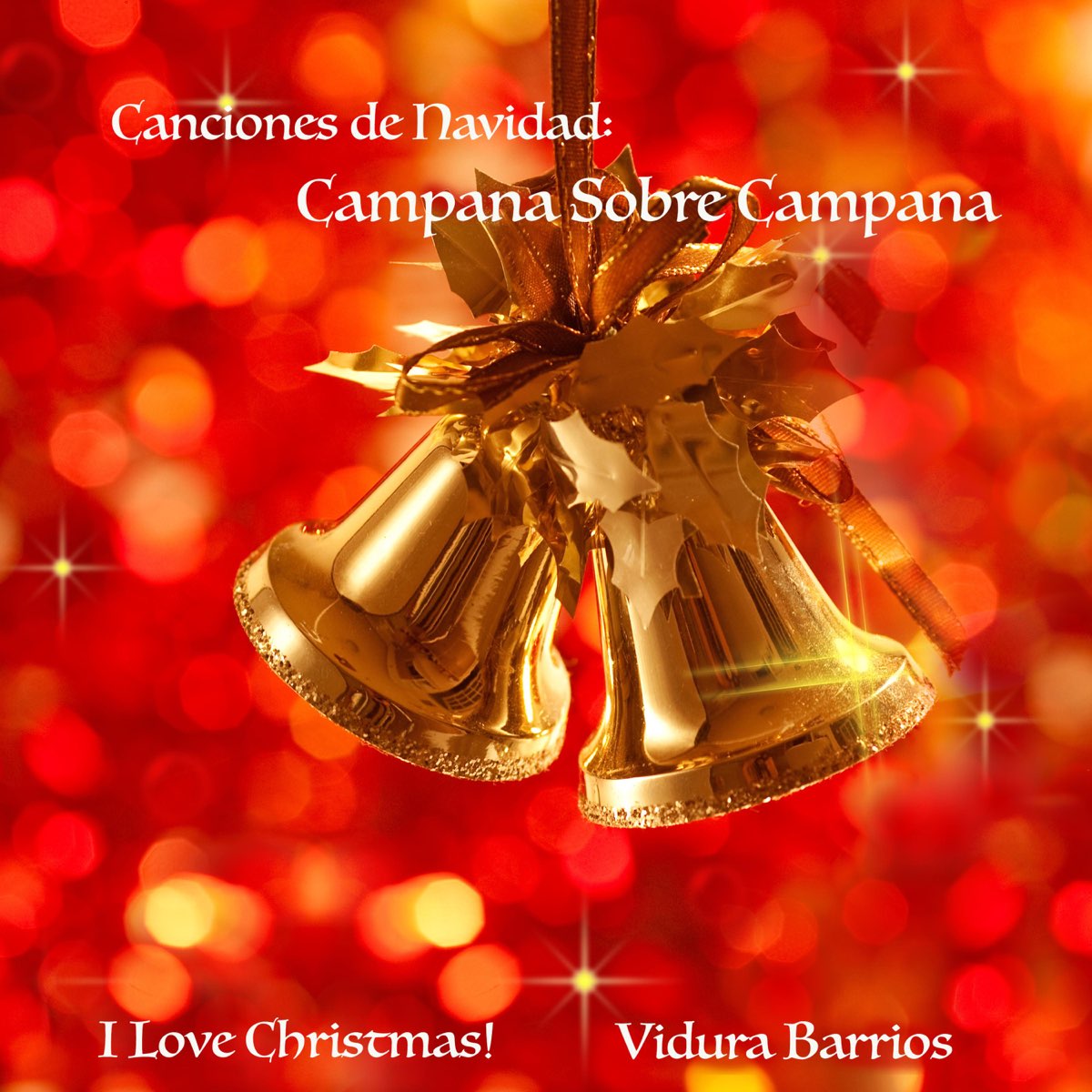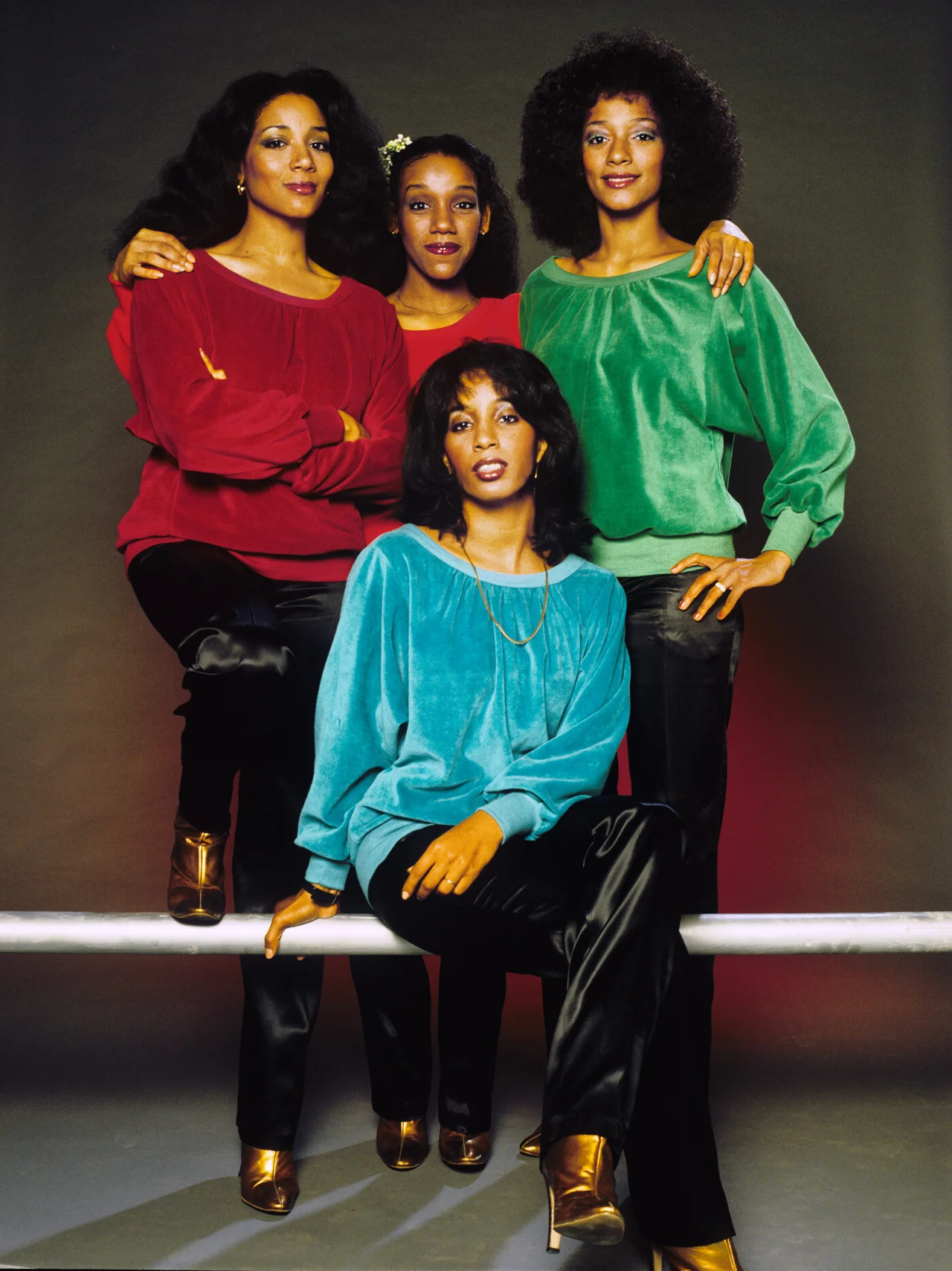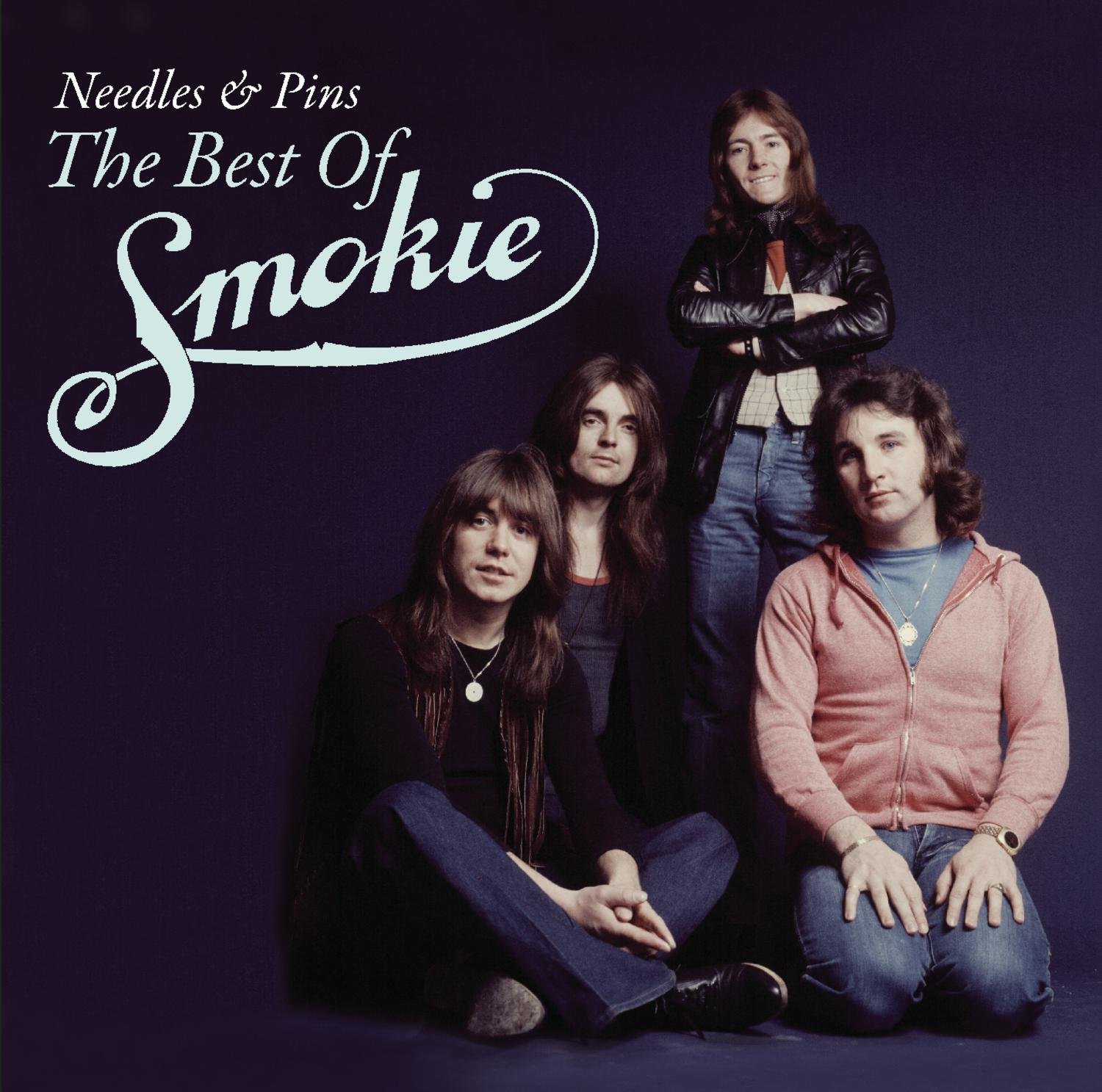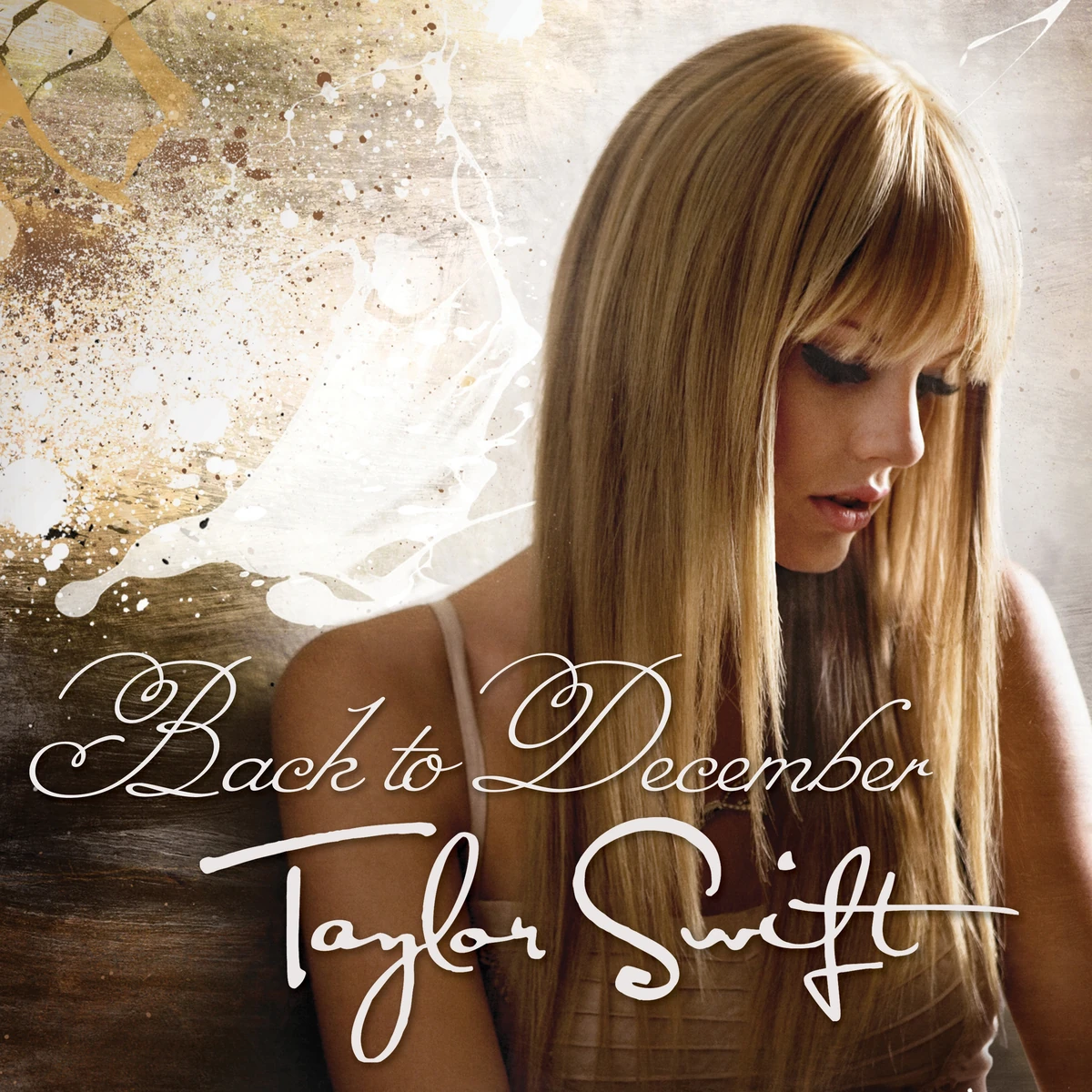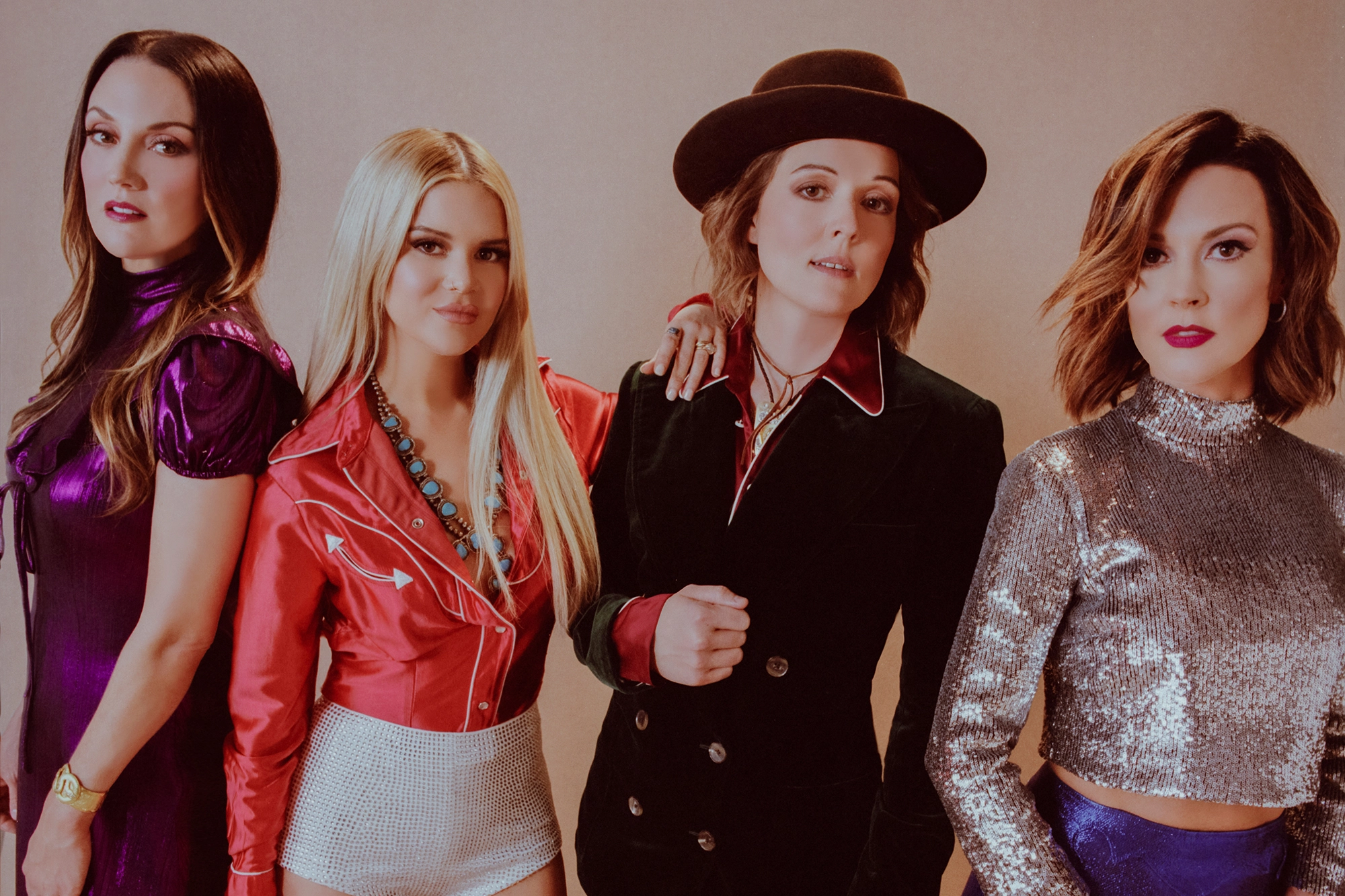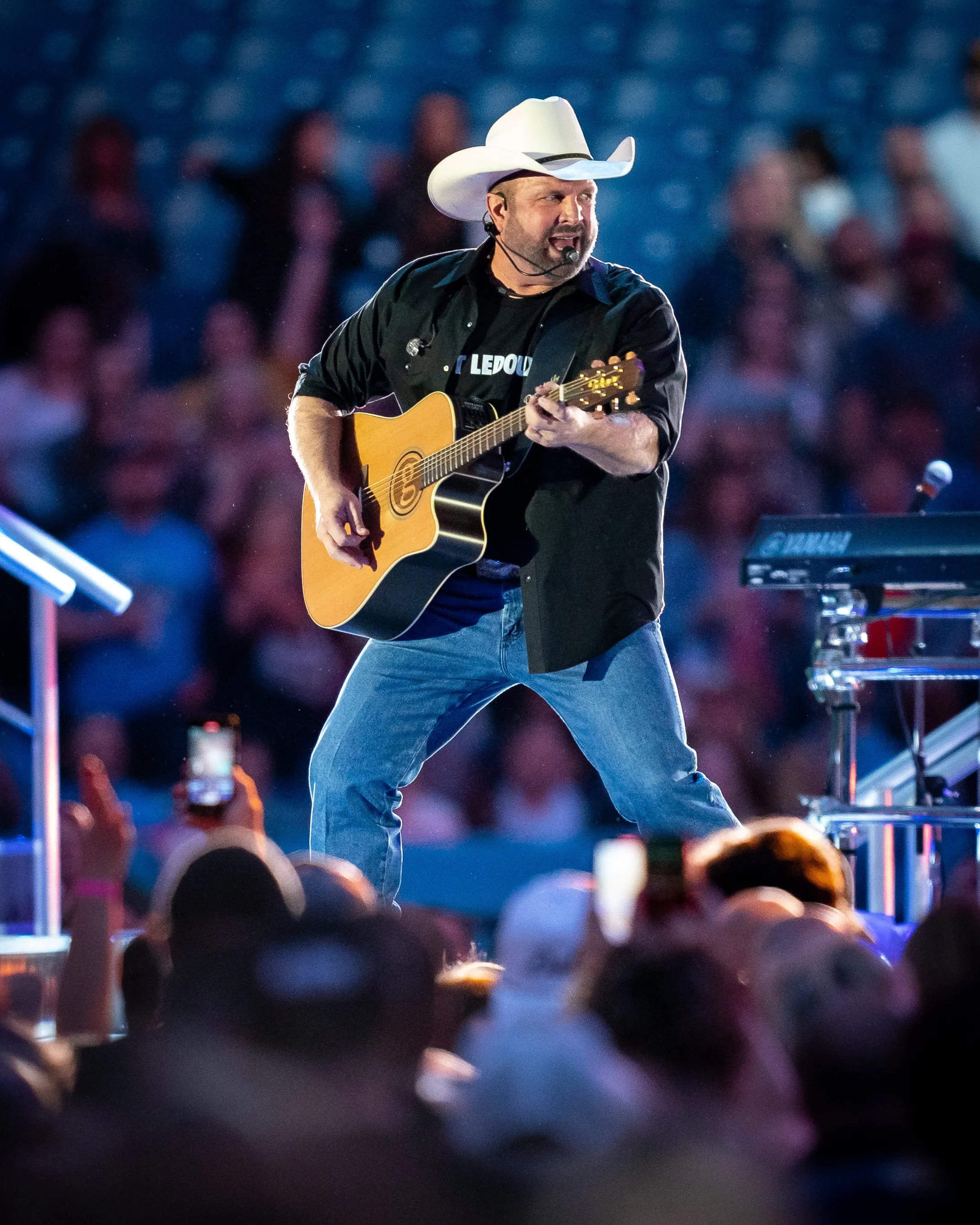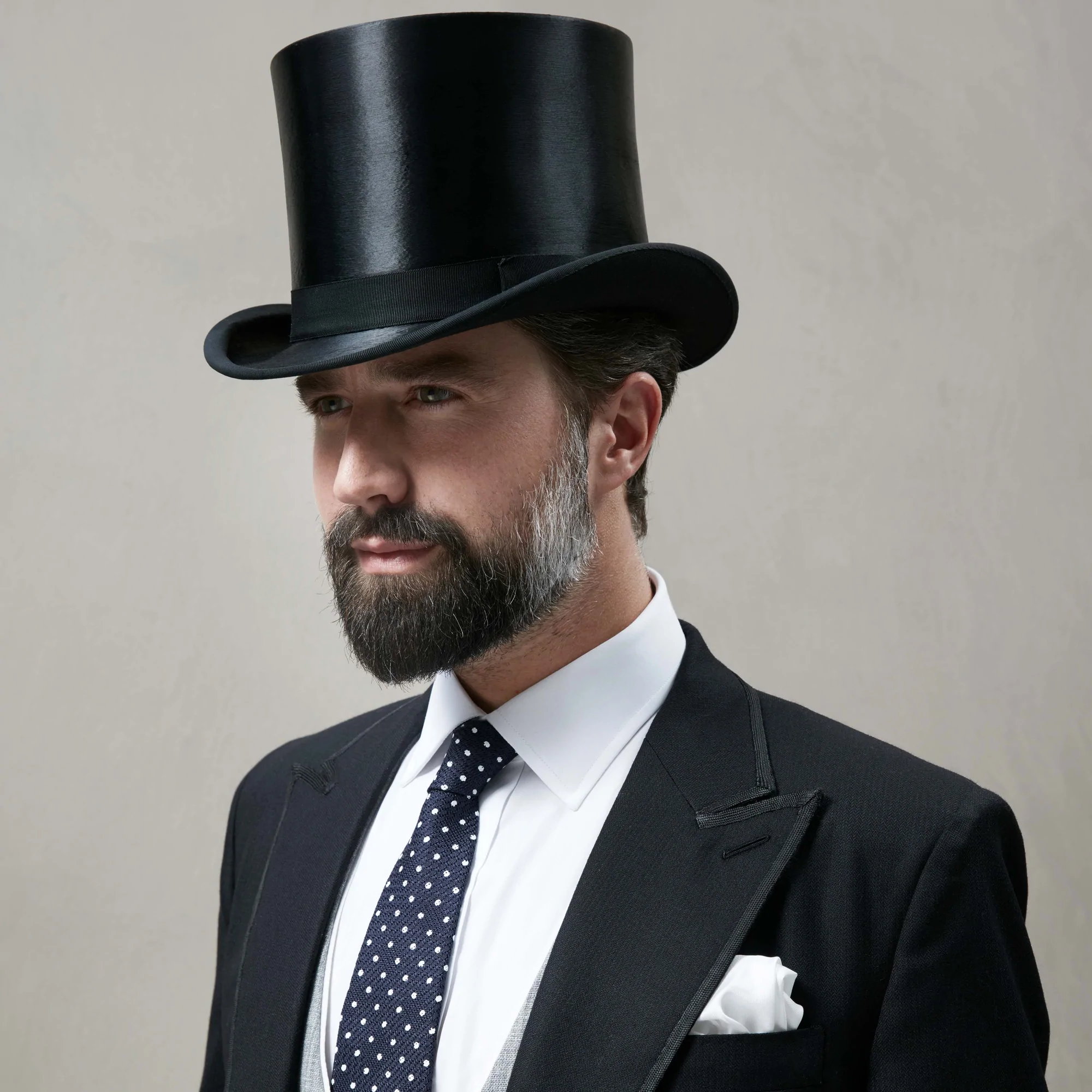
A top hat (also called a high hat, a cylinder hat, or, informally, a topper) is a tall, flat-crowned hat for men traditionally associated with formal wear in Western dress codes, meaning white tie, morning dress, or frock coat. Traditionally made of black silk or sometimes grey, the top hat emerged in Western fashion by the end of the 18th century. Although it declined by the time of the counterculture of the 1960s, it remains a formal fashion accessory. A collapsible variant of a top hat, developed in the 19th century, is known as an opera hat.

An ascot tie, ascot or hanker-tie is a neckband with wide pointed wings, traditionally made of pale grey patterned silk.[citation needed] This wide tie is usually patterned, folded over, and fastened with a tie pin or tie clip. It is usually reserved for formal wear with morning dress for daytime weddings and worn with a cutaway morning coat and striped grey formal trousers. This type of dress cravat is made of a thicker, woven type of silk similar to a modern tie and is traditionally either grey or black.[citation needed] A more casual form of ascot is in British English called a cravat, or sometimes as a day cravat to distinguish it from the formal ascot or dress cravat. The casual form is made from a thinner woven silk that is more comfortable when worn against the skin, often with ornate and colourful printed patterns.
The ascot is descended from the earlier type of cravat widespread in the early 19th century, most notably during the age of Beau Brummell, made of heavily starched linen and elaborately tied around the neck. Later in the 1880s, amongst the upper-middle-class in Europe men began to wear a more loosely tied version for formal daytime events with daytime full dress in frock coats or with morning coats. It remains a feature of morning dress for weddings today. The Royal Ascot race meeting at the Ascot Racecourse gave the ascot its name, although such dress cravats were no longer worn with morning dress at the Royal Ascot races by the Edwardian era. The ascot was still commonly worn for business with morning dress in the late 19th and very early 20th centuries.
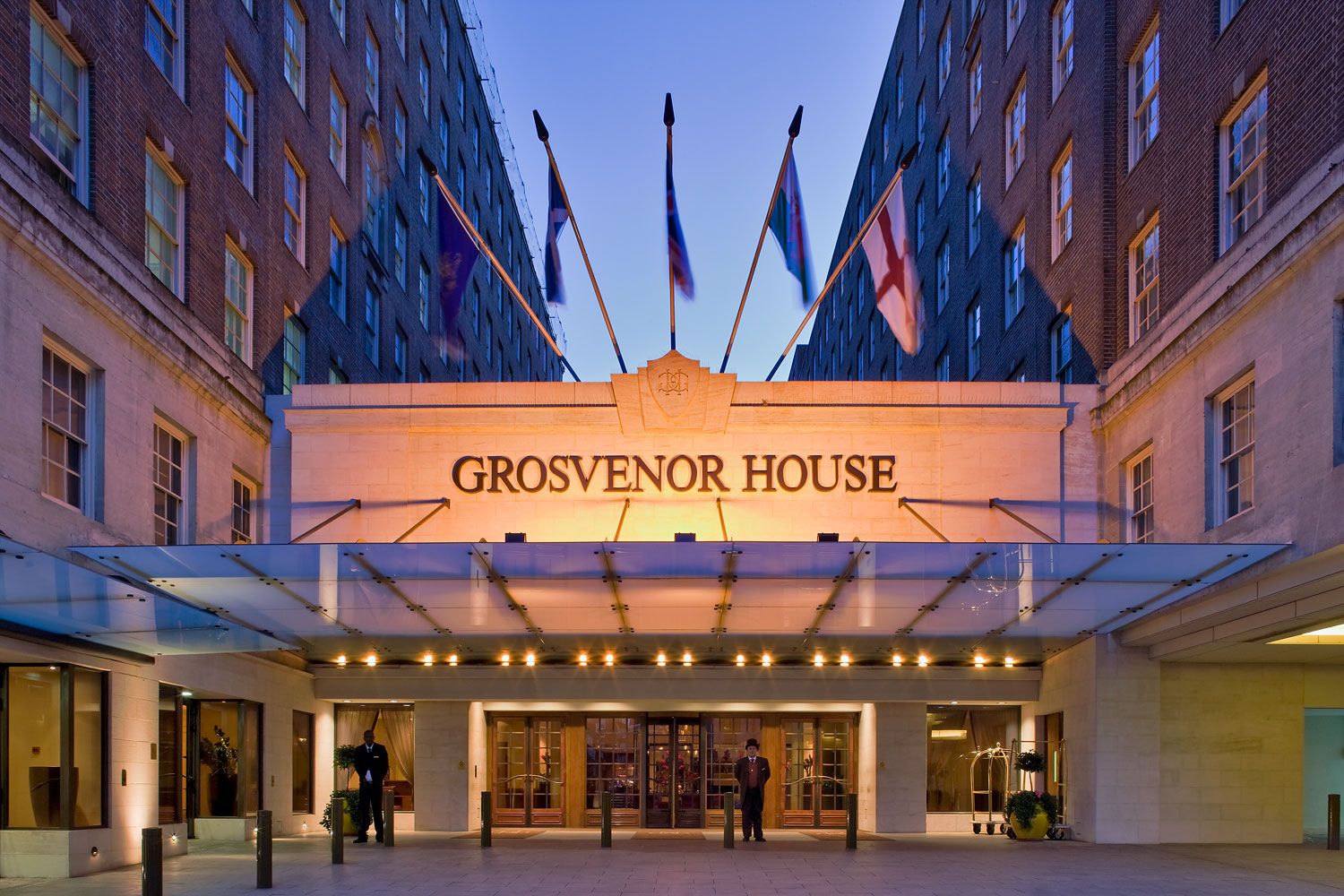
Duke of Westminster (Herzog von Westminster) ist ein erblicher britischer Adelstitel in der Peerage of the United Kingdom. Der Titel ist nach dem Londoner Stadtteil benannt.
Der hauptsächlich genutzte Landsitz der Familie ist Eaton Hall, in der Nähe von Chester in Cheshire; daneben wird Ely Lodge im nordirischen County Fermanagh genutzt. Die Familie besaß in der Vergangenheit außerdem ein großes Stadthaus in der Londoner Park Lane, das Grosvenor House genannt wurde.
Der Titel wurde am 27. Februar 1874 von Königin Victoria an Hugh Grosvenor, 3. Marquess of Westminster, verliehen. Er führte bereits seit 1869 die fortan nachgeordneten Titel 3. Marquess of Westminster, 4. Earl Grosvenor, 4. Viscount Belgrave, 4. Baron Grosvenor und 11. Baronet, of Eaton.
Der Titel Marquess of Westminster war am 13. September 1831 in der Peerage of the United Kingdom seinem Großvater Robert Grosvenor, 2. Earl Grosvenor, bei der Krönung von Wilhelm IV. verliehen worden. Dessen Vater Sir Richard Grosvenor, 7. Baronet, war von Georg III. in der Peerage of Great Britain am 8. April 1761 zum Baron Grosvenor, of Eaton in the County of Chester, und am 5. Juli 1784 zum Earl Grosvenor und Viscount Belgrave, of Belgrave in the County of Chester, erhoben worden. Dessen Ur-ur-urgroßvater, der Unterhausabgeordnete Sir Richard Grosvenor, war am 23. Februar 1622 in der Baronetage of England der Titel Baronet, of Eaton in the County of Chester, verliehen worden.
Der Heir Apparent des jeweiligen Herzogs führt den Höflichkeitstitel Earl Grosvenor, dessen Heir Apparent den Höflichkeitstitel Viscount Belgrave.
Der heutige Duke of Westminster zählt mit einem geschätzten Vermögen von ca. 9,9 Mrd. £ zu den reichsten Männern Großbritanniens. Im Forbes Magazine von 2009 wurde er in der Liste der reichsten Personen der Welt auf Platz 29 geführt. Er verfügt u. a. über Grundbesitz von ca. 1,2 km2 Größe in den Londoner Nobelstadtteilen Mayfair, Belgravia und Pimlico, davon allein 770.000 m2 im an den Buckingham Palast angrenzenden Belgravia, sowie über den Landsitz Eaton Hall in Cheshire.

A suit, lounge suit, or business suit is a set of clothes comprising a suit jacket and trousers of identical textiles worn with a collared dress shirt, necktie, and dress shoes. A skirt suit is similar, but with a matching skirt instead of trousers. It is considered informal wear in Western dress codes. The lounge suit originated in 19th-century Britain as a more casual alternative for sportswear and British country clothing, with roots in early modern Western Europe. After replacing the black frock coat in the early 20th century as regular daywear, a sober one-colored suit became known as a lounge suit.
Suits are offered in different designs and constructions. Cut and cloth, whether two- or three-piece, single- or double-breasted, vary, in addition to various accessories. A two-piece suit has a jacket and trousers; a three-piece suit adds a waistcoat. Hats were almost always worn outdoors (and sometimes indoors) with all men's clothes until the counterculture of the 1960s in Western culture. Informal suits have been traditionally worn with a fedora, a trilby, or a flat cap. Other accessories include handkerchief, suspenders or belt, watch, and jewelry.
Other notable types of suits are for semi-formal occasions—the dinner suit (black tie) and the black lounge suit (stroller)—both which arose as less formal alternatives for the formal wear of the dress coat for white tie, and the morning coat with formal trousers for morning dress, respectively.
Originally, suits were always tailor-made from the client's selected cloth. These are now known as bespoke suits, custom-made to measurements, taste, and style preferences. Since the 1960s, most suits are mass-produced ready-to-wear garments. Currently, suits are offered in roughly four ways:
bespoke, in which the garment is custom-made by a tailor from a pattern created entirely from the customer's measurements, giving the best fit and free choice of fabric;
made to measure, in which a pre-made pattern is modified to fit the customer, and a limited selection of options and fabrics is available;
ready-to-wear, off-the-peg (Commonwealth English), or off-the-rack (American English), which is sold as is, although some tailor alteration tends to be required;
suit separates, where lounge jacket and trousers are sold separately in order to minimize alterations needed, including also odd-colored blazers or sports coats as smart casual options


